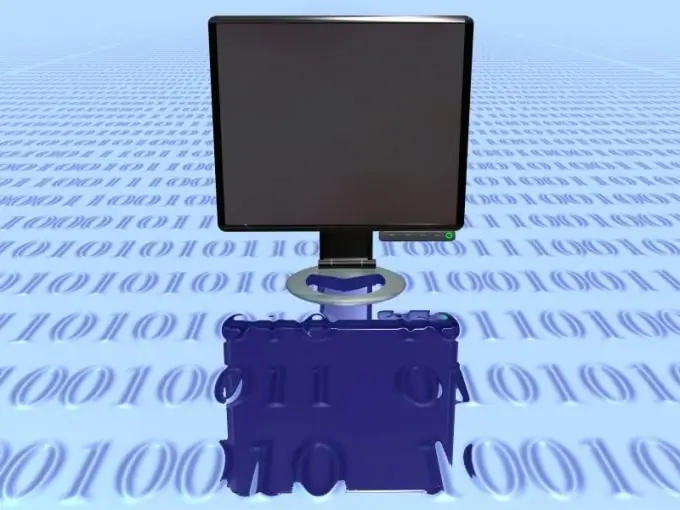- Author Lauren Nevill [email protected].
- Public 2023-12-16 18:48.
- Last modified 2025-01-23 15:15.
Setting up a ready-made Internet server is a lengthy and rather complicated process. It is also necessary to pre-configure the hardware for stable operation of the server and make sure that it meets the necessary requirements.

Instructions
Step 1
Prepare to set up your internet server. Make sure your system has the necessary networking software and supports Transmission Control Protocol / Internet Protocol (TCP / IP). This protocol performs the most important server functions. If the computer you will be using already has an Internet connection configured, then the protocol is most likely installed.
Step 2
Check if the Windows Workstation service is enabled on the system. It is designed to display web pages correctly and transfer files via FTP. Server type IIS7 requires a Windows Server operating system for normal load balancing. Make sure the software is performing the required functions properly.
Step 3
Set a static IP address for your server. Using dynamic IP addresses is a convenient solution for single use, but it is not the best option for server installations. You can connect a static IP address with your ISP. You also need to create a special login for the network administrator.
Step 4
Register the server. Use your ISP, NetworkSolutions.com, GoDaddy.com, or similar registration services that provide a secure domain name. It will be associated with the static IP address of the server to direct users to your site.
Step 5
Add and activate the required internet services. To host web pages on the server, start IIS on Microsoft, or start transferring files using File Transfer Protocol (FTP). Using the administrative functions, set the required level of server protection and test it for bandwidth and load resistance.






